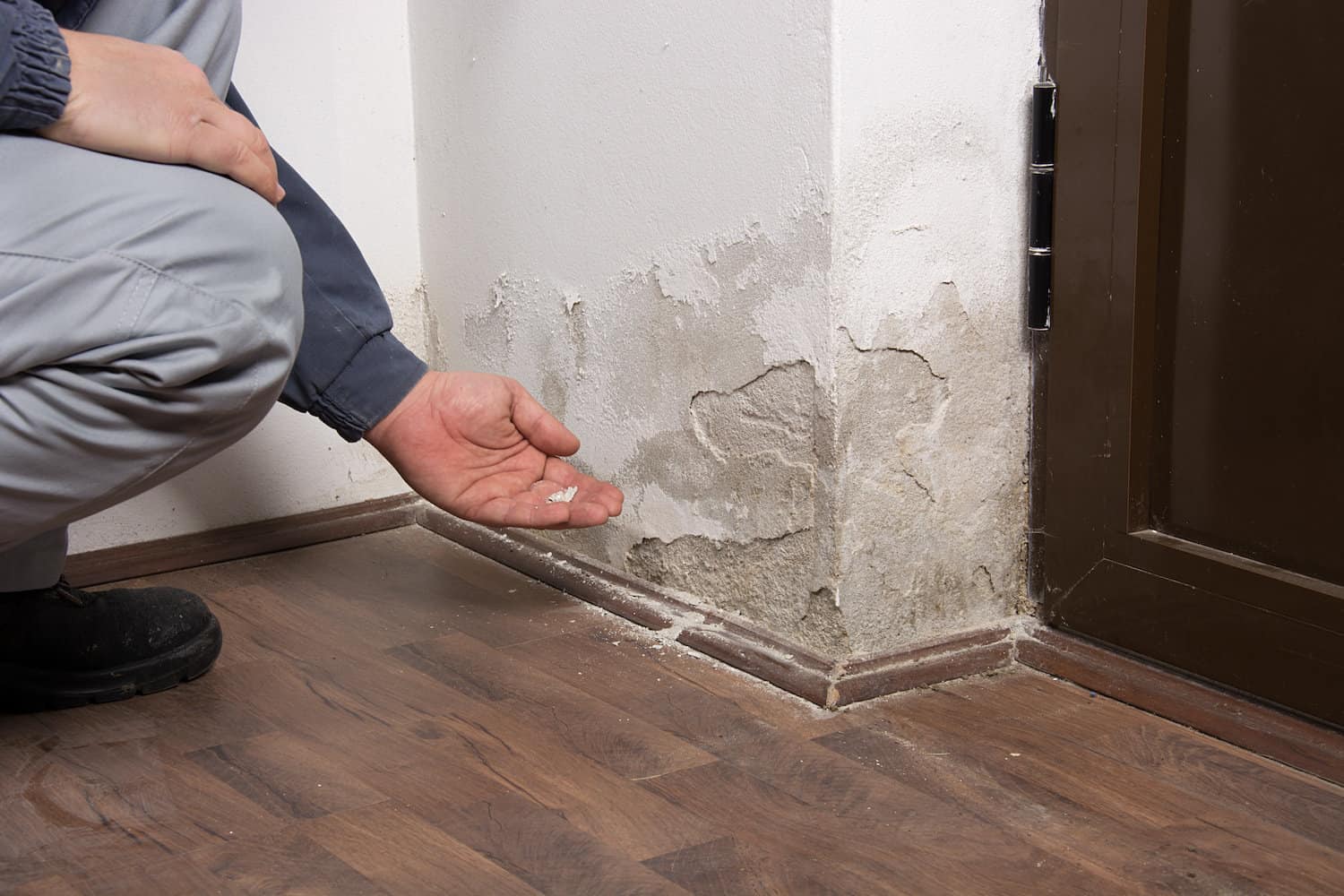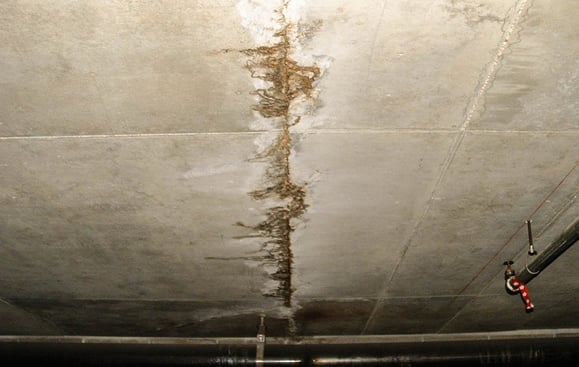The Process of Water Damages Cleanup: Ensuring Your Home Is Restored Efficiently
Water damage can be an overwhelming obstacle for house owners, necessitating a structured and thorough clean-up procedure to bring back safety and capability. At first, a thorough evaluation is crucial to recognize the extent of the damages and identify the ideal remediation steps. Following this, effective water removal strategies play a critical duty in mitigating additional injury. The nuances of drying, sterilizing, and ultimate reconstruction are equally necessary and often ignored. Recognizing these phases can make a significant difference in the end result of your home's reconstruction, prompting a closer appearance at what each step requires.
Evaluating the Damage
Upon finding water damages, the initial step is to thoroughly assess the extent of the influence. This first analysis is crucial, as it aids establish the necessary actions for reliable cleanup and reconstruction. Begin by inspecting the influenced locations, including walls, ceilings, floorings, and individual possessions, to identify the resource of the water invasion, whether from flooding, leaks, or condensation.
Documenting the damages is vital for both insurance coverage claims and planning reconstruction initiatives - damage restoration services. Use photographs and created notes to catch the seriousness of the damage, keeping in mind any affected architectural aspects and materials. Pay unique focus to locations that may not be right away noticeable, such as behind wall surfaces and under carpets, as hidden dampness can lead to more issues, consisting of mold development
Furthermore, assess the timeline of the water direct exposure. The longer the materials continue to be wet, the better the capacity for damage. Comprehending the duration of direct exposure will inform the seriousness of remediation initiatives. Ultimately, an extensive evaluation lays the groundwork for an effective water damage clean-up process, making sure that all affected locations are resolved efficiently and extensively.
Water Extraction Methods

Specialists commonly use submersible pumps for bigger quantities of water, which can quickly reduce flooding in basements or other impacted areas. For smaller sized quantities, wet/dry vacuums are typically made use of to remove residual wetness from carpets and tough surfaces. Furthermore, utilizing portable extractors allows for targeted removal in restricted rooms or areas with delicate materials.
In instances of infected water, such as sewer or floodwater, progressed extraction strategies may involve making use of biohazard equipment to ensure safety and conformity with wellness guidelines. High-powered extraction tools are crucial in minimizing water retention in architectural products, which can cause mold development and architectural damage otherwise dealt with promptly.
Inevitably, the efficiency of water extraction strategies plays an essential role in the overall success of the water damage clean-up process, laying the foundation for succeeding reconstruction initiatives.
Drying and Dehumidification
As soon as standing water has been efficiently removed, the following essential phase in the water damages clean-up process is drying and dehumidification. This step is vital to prevent additional damage and mold and mildew growth, which can occur within 24 to 48 hours in wet atmospheres.
To attain efficient drying out, specific tools such as industrial-grade air movers and dehumidifiers is used. Air movers flow air find out throughout wet surface areas, boosting dissipation rates, while dehumidifiers minimize humidity degrees in the air, advertising a conducive atmosphere for drying out. The mix of these tools ensures that moisture is extracted from home furnishings, wall surfaces, and floors, allowing them to dry extensively.
It is necessary to keep track of the drying process carefully. Professionals typically make use of dampness meters to assess the moisture material in various materials, ensuring that all affected areas get to acceptable dryness levels. This precise method assists to stop surprise dampness pockets that could lead to structural damage or undesirable mold and mildew development.

Cleaning and Disinfecting
After the drying and dehumidification stage is full, the following essential action in water damages clean-up is cleaning up and disinfecting the affected areas. This process is crucial to prevent the development of mold, microorganisms, and various other microorganisms that thrive in wet atmospheres.
The cleansing phase typically entails eliminating any debris, dust, and pollutants from surfaces making use of specialized cleaning up representatives. For tough surfaces, a mix of soap and water or industrial cleaning products is frequently utilized. Soft materials, such as furniture and rugs, might need extra extensive cleansing methods, consisting of heavy steam cleaning or deep extraction strategies, to make sure extensive sanitation.

Sterilizing adheres to cleaning, making use of EPA-approved disinfectants to remove unsafe microbes. This action is important, specifically in locations that may have come right into call with floodwaters or sewer, as these sources can present serious health and wellness threats.
Additionally, it is necessary to address any type of remaining smells, which might require using smell neutralizers or innovative strategies like ozone treatment. Appropriate cleansing and sterilizing not only bring back the safety and health of your home however likewise prepared for successful repair and fixings in subsequent stages of the water damage clean-up procedure.
Reconstruction and Repairs

Once the analysis is full, reconstruction efforts can begin. Additionally, floor covering may call for comparable attention, depending on the degree of water exposure.
It is essential to involve skilled restoration specialists during this process, as they possess the competence to click here now deal with intricate repair services effectively. They can help alleviate potential future concerns, such as mold development or structural instability, hence guaranteeing a secure and habitable living atmosphere. Inevitably, effective repair and repairs bring back the home's honesty and enhance its general worth.
Verdict
To conclude, the procedure of water damages cleanup is vital for recovering a home to its pre-damage condition. Each phase, from examining the damages to implementing efficient water removal strategies, followed by detailed drying, sterilizing, and essential repairs, plays a necessary duty in ensuring safety and compliance with building requirements. Efficient implementation of these steps not only minimizes prompt damages but additionally boosts the lasting stability and worth of the home.
Water damage can be a difficult challenge for homeowners, demanding a organized and thorough clean-up process to recover safety and security and performance. Ultimately, a comprehensive analysis lays the groundwork for an effective water damages cleanup procedure, making certain that all impacted areas are resolved successfully and completely.
Reliable water extraction techniques are necessary in reducing damage and stopping further difficulties complying with a water intrusion event.In verdict, the process of water damages clean-up is essential for bring back a home to its pre-damage problem. Each phase, from analyzing the damage to applying reliable water extraction methods, followed by complete drying, disinfecting, and needed repair work, plays a necessary role in guaranteeing safety and compliance with building standards.